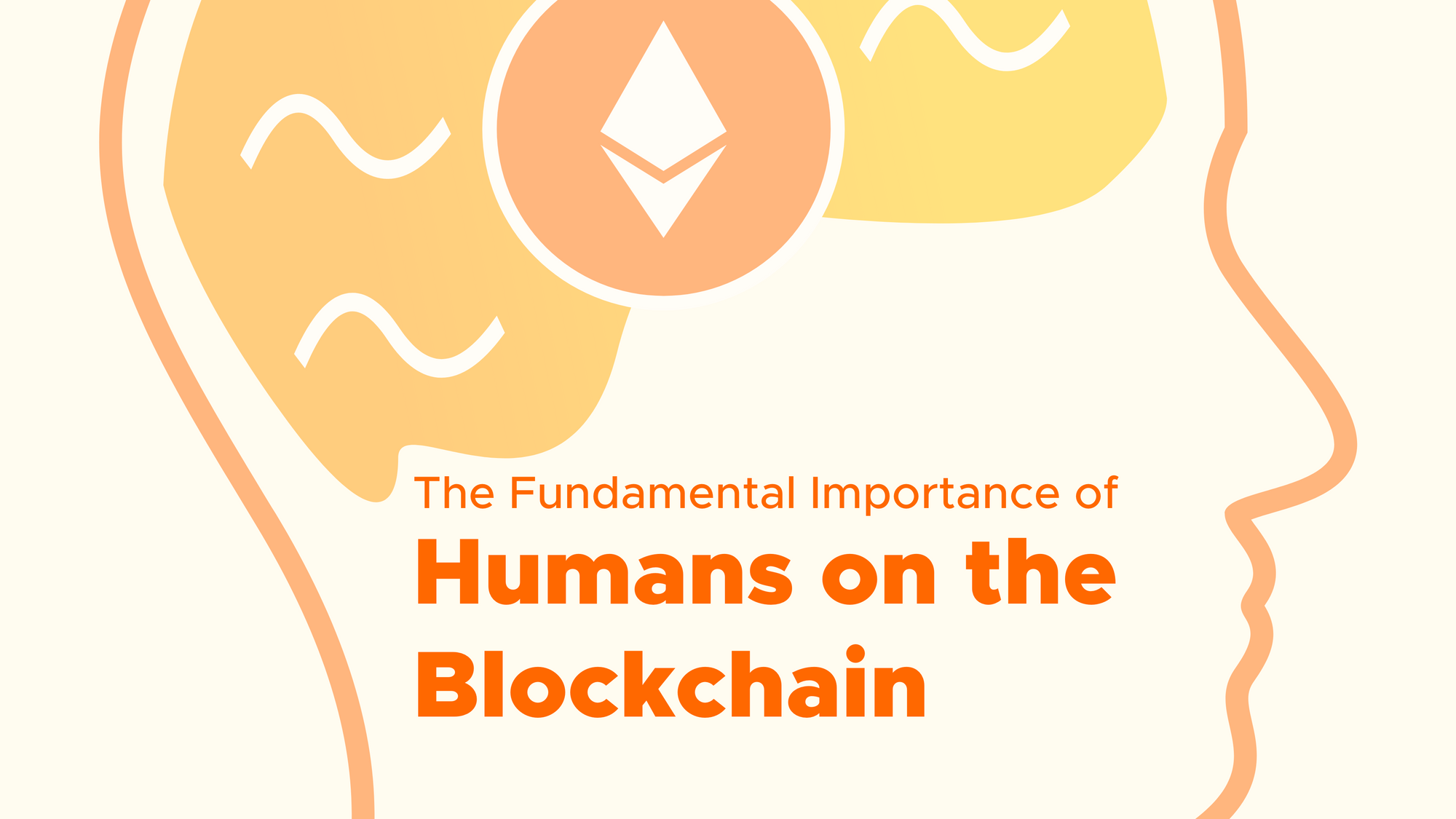Humans on the Blockchain
How do we create unique human digital identities in order to enable social blockchains and democracy online? Proof of Personhood might be the answer.

Just a few of weeks ago, Kleros had the privilege of organizing the first Kleros online event to great effect. Among many topics covered, we discussed the concept of Proof of Personhood with Santiago Siri, Founder of Democracy Earth.
In the ensuing discussion, many important points were raised regarding the importance of formalizing human identities in a sybil-resistant, AI-resistant and privacy preserving manner.
Santiago Siri doesn’t need much introduction. As the founder of the Democracy Earth Foundation, Santiago is one of the foremost authorities on the development of novel voting technologies for the advancement of democracy online.
Up until now, Democracy Earth has worked around the globe to implement different voting mechanisms built on open-source, free and censorship-resistant networks, such as Bitcoin and Ethereum to prevent coercion by powerful state and non-state actors. In just a few short years, they have organized shadow referendums in Colombia and Hong Kong, the first blockchain-based congressional vote in Argentina, as well as running one of the first global tests of quadratic voting by state legislators of the State of Colorado.
Digital Identities and the Future of Democracy
“Identity is the most fragile component of any system out there.”
- Santiago Siri
The way current voting systems are generally organized is via client server architectures, managed by one person or a handful of persons. This in turn opens the doors to vote and election manipulation by delaying voting for certain groups, delaying registration and other means. These systems are vulnerable at their core and one of the only ways to bypass this with technology available today is through blockchain-based voting systems.
In order to advance democracy in the information age, there needs to be a development of technology capable of deploying democracy wherever there is an internet connection and that is one of the strongest arguments for building these systems on the blockchain. However, to establish a highly functioning decentralized network capable of managing and executing voting in a fraud and manipulation-proof way, creating sybil-resistant (duplicate resistant), AI resistant and privacy preserving solutions are key.
In a now well-known speech at the Web3 conference in Berlin, 2019, Edward Snowden noted that identity is one of the key vulnerabilities exploited across all systems. What is even more important is that in order to bypass this, a key differentiation needs to be made between creating systems for verifying identities and verifying the right to use a technology.

Following this argument, in its core a voting system does not have to know who you are, it just needs to know that you haven’t voted twice. This should be taken into account when building systems that are effectively trying to formalize humans on the blockchain.
The Promise of the Blockchain
The way current blockchain-based systems are built is essentially plutocratic at heart. Proof-of-Work ignores society - in Satoshi’s paper, he essentially says “one-CPU-one-vote”. What is important for Satoshi is the computing capacity, those that earn the right to participate in the system are those that can offer computing capacity, or essentially energy.
This enables the creation of financial networks, networks driven by capital that don’t take into account the needs of a wider spectrum of society. This essentially means that these networks are built for the purpose of capital.
If we take a look at Proof-of-Stake, they carry the same problem with them, given that stake-based systems function in a one-token-one-vote manner, allowing whales to manipulate the results of votes. This renders voting processes completely irrelevant, since it makes no sense to vote if powerful actors can just take over the process.
One of the arguments for Proof-of-Stake systems is that they work within engaged communities, but this can work only in certain companies and initiatives. Shark investors have been known throughout history to own assets in competing companies and often voting against the interest of one company and in the interest of another.

Thus, these are not good instruments to address highly risky, highly contentious situations where there are conflicting interests. We go to democracy when we try to address a difficult decision. When we have to reach a high risk decision, we need a high level of legitimacy.
Such situations arise very often in the context of public goods (such is the blockchain or a consensus mechanism). Miners, developers and users often find themselves competing for a public good due to conflicting interests. As the stakes get higher, the interests become conflicting and actors are capable and willing to use any means in their disposal to win an election and democracy needs to become resilient in these extremely hostile environments to be able to function efficiently.
In order for it to work on the blockchain, we need a proof of personhood.
Is Proof of Personhood Possible?
Creating a proof of unique human identities on the blockchain is a daunting task. However, achieving this goal enables the creation of social blockchains, allowing the creation of efficient democratic mechanisms, universal basic income, portable credits and many other wild social ideas.
The obstacles standing in the way of this development are serious, such as sybils, or duplicates and AI manipulation. An example to explain this, taken here, is Facebook in the West and the Chinese Communist Party in the East, given that these function in the same way, attempting to index humans on a large scale and tracking their private lives on a daily basis, trying to push a political agenda. There is little difference between these two devices, other than in the way they try to achieve their goal.

The reason why such systems exist is ultimately because the web has no regard for privacy and protecting personal information. This is a key notion that needs to be understood once we develop identity protocols on the blockchain.
The threats are very real and present - if we take for example AI, deep fakes are already a reality we live in. Adversarial AIs (or Generative Adversarial Networks) compete with each other to create faces of humans that never existed with stunning accuracy. If we follow Moore’s Law, this trend is bound to continue and sow confusion ever more moving forward.
A History Lesson
One of the ways that was attempted in order to address this problem is web of trust, or people vouching for other people in order to get validated as unique humans, similar to Proof of Humanity. The running risk of such an approach is that decentralization is only partial, with some nodes having more power than the others. In order to bypass this risk, decentralization should be achieved by other means, such as sortition.
There have already been some prototypes developed with the aim of achieving this.
HumanityDAO

The first attempt to create such a system was done by HumanityDAO via a token curated registry. It was a simple attempt to use Twitter to prove the identity of humans on the network. It turned out that it was relatively easy to create false positives once you had a couple of previously validated nodes.
According to the “Who Watches the Watchmen?” review of Proof of Personhood platforms by Santiago Siri, Paula Berman, Sergey Ivlev and Divya Siddarth:”Launched in May 2019, the project quickly gained rapid traction, reaching around 640 approved members and being adopted by many influential figures within the Ethereum Network, however growth stagnated after the initial community of early adopters from the network was saturated. Further, as a fully decentralized solution, creators had very little ability to change the protocol after it was launched. As related to us by the founder, this resulted in Humanity DAO suffering various forms of attacks, including one in which a change to the smart contract made it prohibitively expensive for new applicants to join. These repeated attacks led to the eventual termination of the project in January 2020.”
Idena

Another interesting attempt to resolve the Proof of Personhood problem is Idena, which uses Turing tests, effectively having users build a story out of different images. Additionally, Idena uses the web of trust mechanism, where new users have to be invited into the network by existing users. After registering on the network, users are required to create their own versions of these Turing tests, so this approach belongs to the “AI hard” category, given that all tests are created by humans.
According to the makers of Idena, 60% of AIs can solve these ‘riddles’, while humans have a 95% success rate.
Kleros/Proof of Humanity

Kleros has already released a factory of different types of registries named Curate. This factory can list different items in a fair way by adjusting the staking process and is already used in a plethora of use cases. In this vein, Curate can be used for listing validated human identities, as well.
By using learnings from Turing tests and the concept of the web of trust, in Proof of Humanity a user must provide their names, a short description, a photo for display and a video to verify that they are real humans. To be listed, a user must be vouched for by a set number of already confirmed identities drawn by sortition. This kind of mechanism makes it hard to create fake identities, because a successful attacker would immediately lose their identity if they failed in a second attack.
You can watch a presentation of Proof of Humanity by Kleros' very own Enrique Piqueras in the video below.
This platform is in its final stage before launch in February 2021 - coming soon to an internet near you.
The ensuing debate opened the question of public actors and their role in creating such systems. While this technology is at a very early stage, it represents a fantastic opportunity to structure completely new governance mechanisms on the basis of efficiency and transparency. Experience shows that state entities are risk averse and wary of implementing novel technologies, smaller entities, such as cities or regions might be more motivated to participate in creating the proof of personhood.
One of the key aspects that existing institutions can offer to these networks is trust. Regulation of crypto markets, for example, allowed fiat to enter the cryptocurrency space, which has become a win-win situation for everyone. It is important to understand the perspective of these institutions and learn how to live with the legacy of what our parents and grandparents built.
There is another notion that is important to keep in mind. The early days of social media came with an unparalleled excitement, connecting entire societies, bringing everyone much closer together with the goal of making the world a better place. The naïveté of the social media companies regarding the political ramifications of how these technologies can be used to manipulate people is something that is a lesson and we must understand these ramifications in order to not make them again.
The debate came to a conclusion with the age-old metaphor of the hammer and the nail - one can use the hammer to put a nail into a wall, but it can also be used to harm others. Furthermore, in order for this technology to reach society at large and avoid the replication of the dichotomy of utopia/dystopia, breakthroughs are needed and these can only be created by finding partners to build bridges, rather than burning them.
Where Can I Find Out More?
Join the community chat on Telegram.
Visit our website.
Follow us on Twitter.
Join our Slack for developer conversations.
Contribute on Github.
Download our Book

